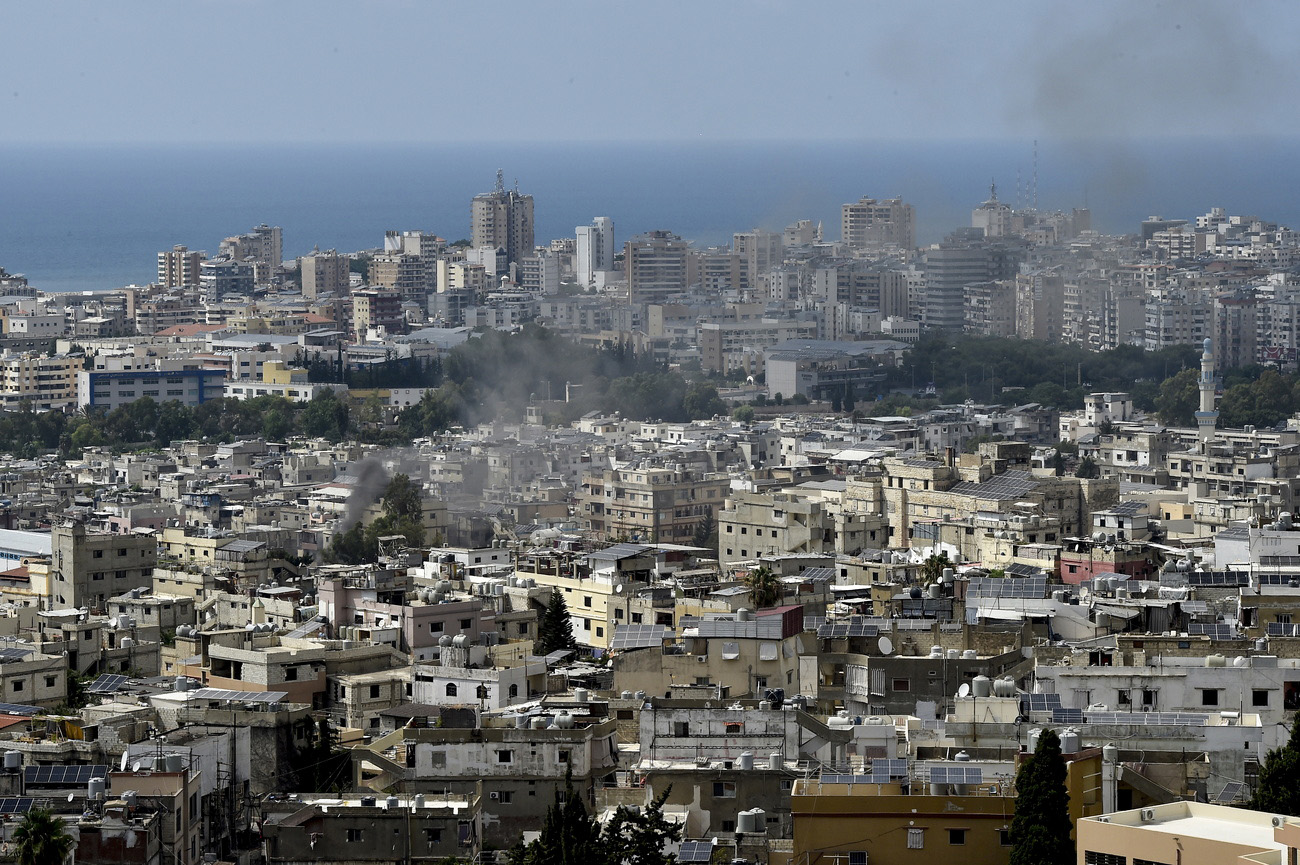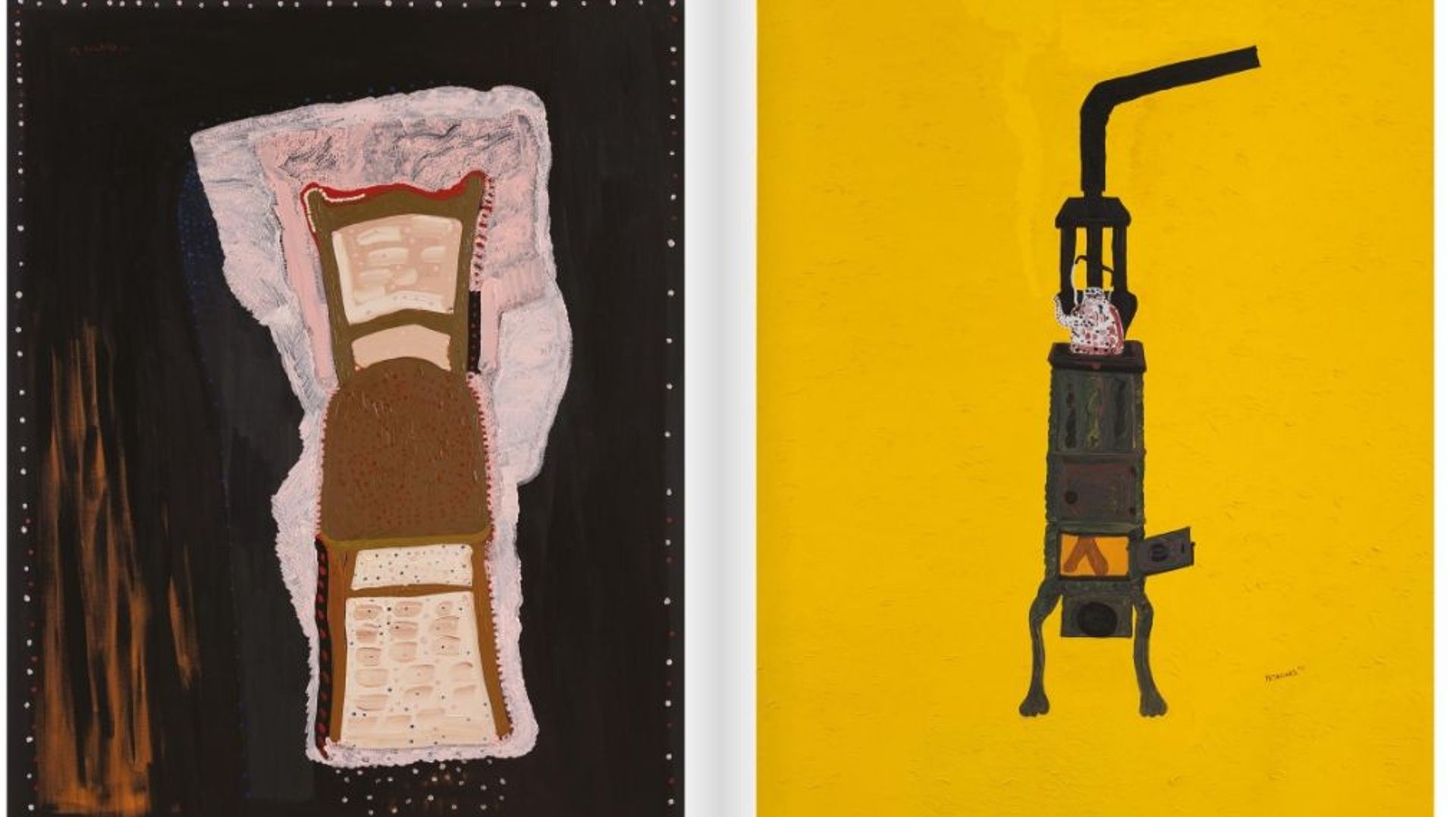
Federal Railways wins top heritage prize

The Swiss Federal Railways has been awarded the 2005 Wakker Prize for the careful respect of its old buildings and the use of top architects for its new ones.
The Swiss Heritage Society, which awards the prize, said that the protection of heritage is as much about new design as preservation.
The first Wakker Prize was awarded to Stein am Rhein in 1972 for its old town. In 2005, it is being awarded for railway stations, ancillary sheds, workshops, signal boxes, power stations, tunnels and bridges.
“In the year of our 100th anniversary, we wanted to emphasise that heritage is not just about preservation but also about design,” said the heritage society’s Karin Artho.
“The Swiss Federal Railways is an ideal prize winner for us,” she added. “People have the opportunity to use its buildings and have a good look at them.”
Artho told swissinfo the railways began to earn its heritage laurels the day it chose to renovate Zurich’s main railway station rather than tear it down and replace it. The revamped station was completed in the early 1990s.
But the transport company had begun putting some serious thought into its buildings much earlier on. In the 1970s under head architect Uli Huber, the railways chose to develop a consistent architecture policy.
Creating identity
“The aim was and remains [to have] a clearly-defined appearance that creates an identity,” said Toni Häfliger, head of the railways’ department responsible for the preservation of historic buildings.
“For that, you need to use top architects and preserve buildings that are worthy of protection.”
Today, Zurich’s main station is an architectural flagship. Travellers arriving in Zurich know they are not at an airport, or in Lucerne, Chur or Basel.
There are many other Swiss stations that have their own identity, symbolise their location and set the tone of their urban surroundings. And unlike many shopping centres, motorway service areas or other points of transit, they are also more welcoming.
The railways has encouraged innovative architecture for some time.
Zurich’s Stadelhofen station, built in 1983, is an early work of Santiago Calatrava. This Spanish engineer and architect has since won a string of awards and earned a global reputation.
In Basel, the railways built a locomotive depot and two signal boxes in the 1980s and 1990s designed by Jacques Herzog and Pierre de Meuron.
This was years before the international breakthrough of the star Swiss architects with the Tate Modern art gallery in London.
“Most of the railway’s new buildings are architecturally of a high standard,” Artho told swissinfo. “They serve as a model and contribute in no small way to discussion of contemporary architecture among the general public.”
For the railways, the Wakker prize is recognition of efforts over decades aiming at quality.
“We are an enterprise of engineers and do not have just aesthetes working here,” said Häfliger. “[But] we have felt a fast-growing sensitivity for architecture and for the preservation of cultural assets among our staff.”
Aesthetic marketing
Aesthetic stations and well-designed high tech buildings are just as much a marketing tool as attractive rolling stock.
“Why should cars only vie with one another with catchwords such as ‘dynamic’ and ‘streamlined’?” Häfliger asks. “Well-designed buildings are accepted better by our customers.”
But the railways cannot always put up dynamic new buildings.
“It is clear that other operational constraints have priority over the preservation of buildings,” admits Artho. “But in most cases we can reach some kind of compromise.”
Swiss laws governing protection of nature and heritage mean the railways has to take a lot of care. But at the same time, the company has to stick to business management principles.
“The railways has been making use of good architecture for decades,” insists Häfliger. “And during that time, quite a number of buildings have been deemed worthy of preservation.”
“It is always an issue of conflicting interests,” he told swissinfo. “It is often a question of whether we tear down a building or just a part of it and renovate the rest.”
swissinfo, Andreas Keiser
The Swiss Federal Railways is the owner of about 6,000 buildings and 7,000 bridges.
It invests SFr170 million ($138.25 million) every year in real estate.
The Wakker Prize of the Swiss Heritage Society has its origins in a legacy bequeathed by Henri-Louis Wakker (1875-1972) of Geneva.
The prize has been awarded annually since 1972 to a town or village.
This is the first time the Swiss Heritage Society has awarded the prize to another public institution.

In compliance with the JTI standards
More: SWI swissinfo.ch certified by the Journalism Trust Initiative






























You can find an overview of ongoing debates with our journalists here . Please join us!
If you want to start a conversation about a topic raised in this article or want to report factual errors, email us at english@swissinfo.ch.